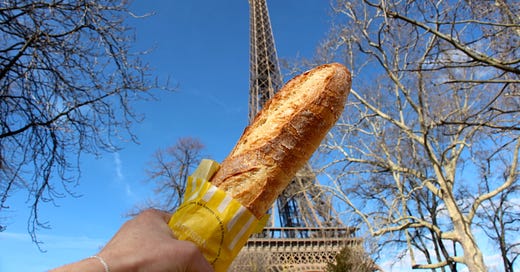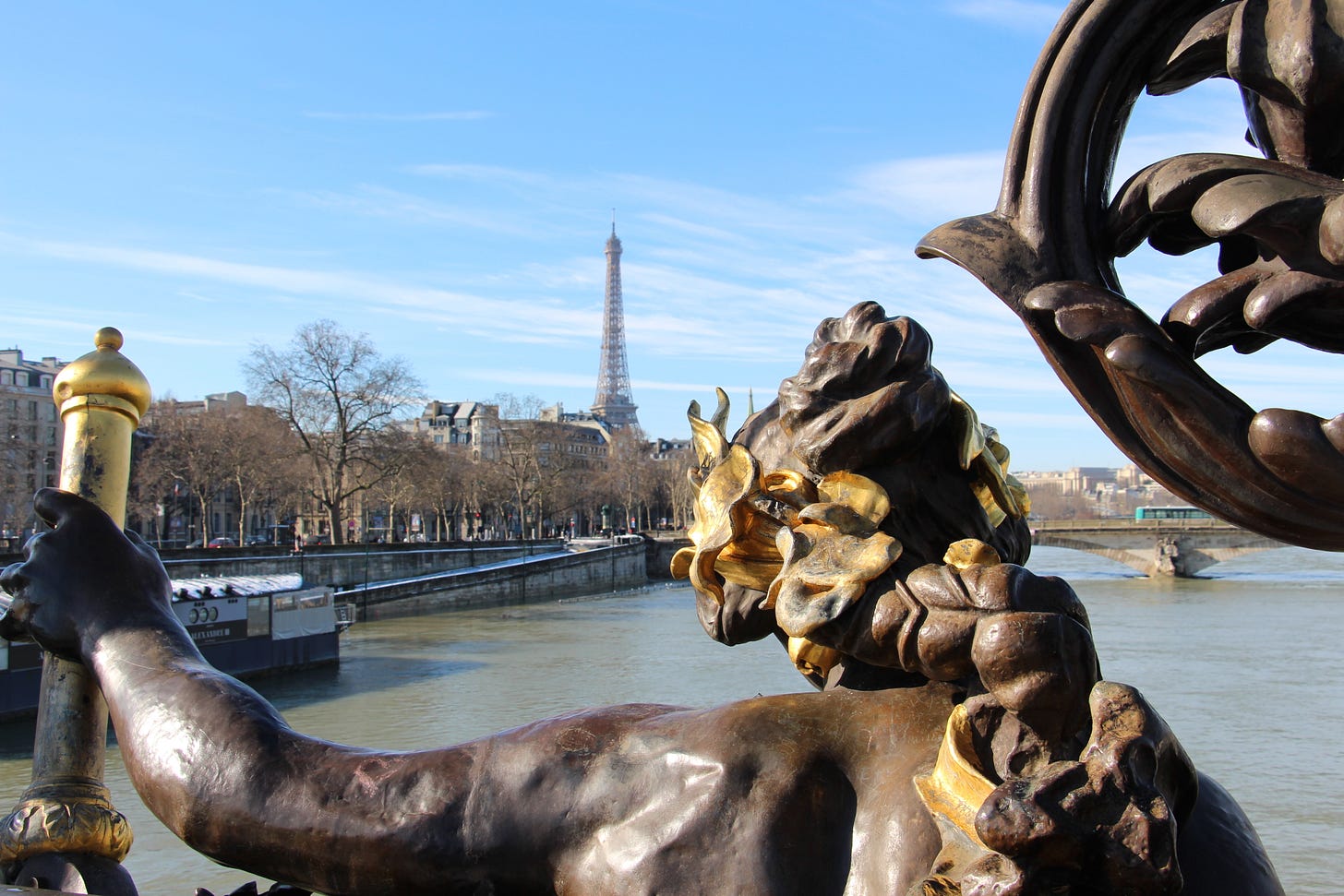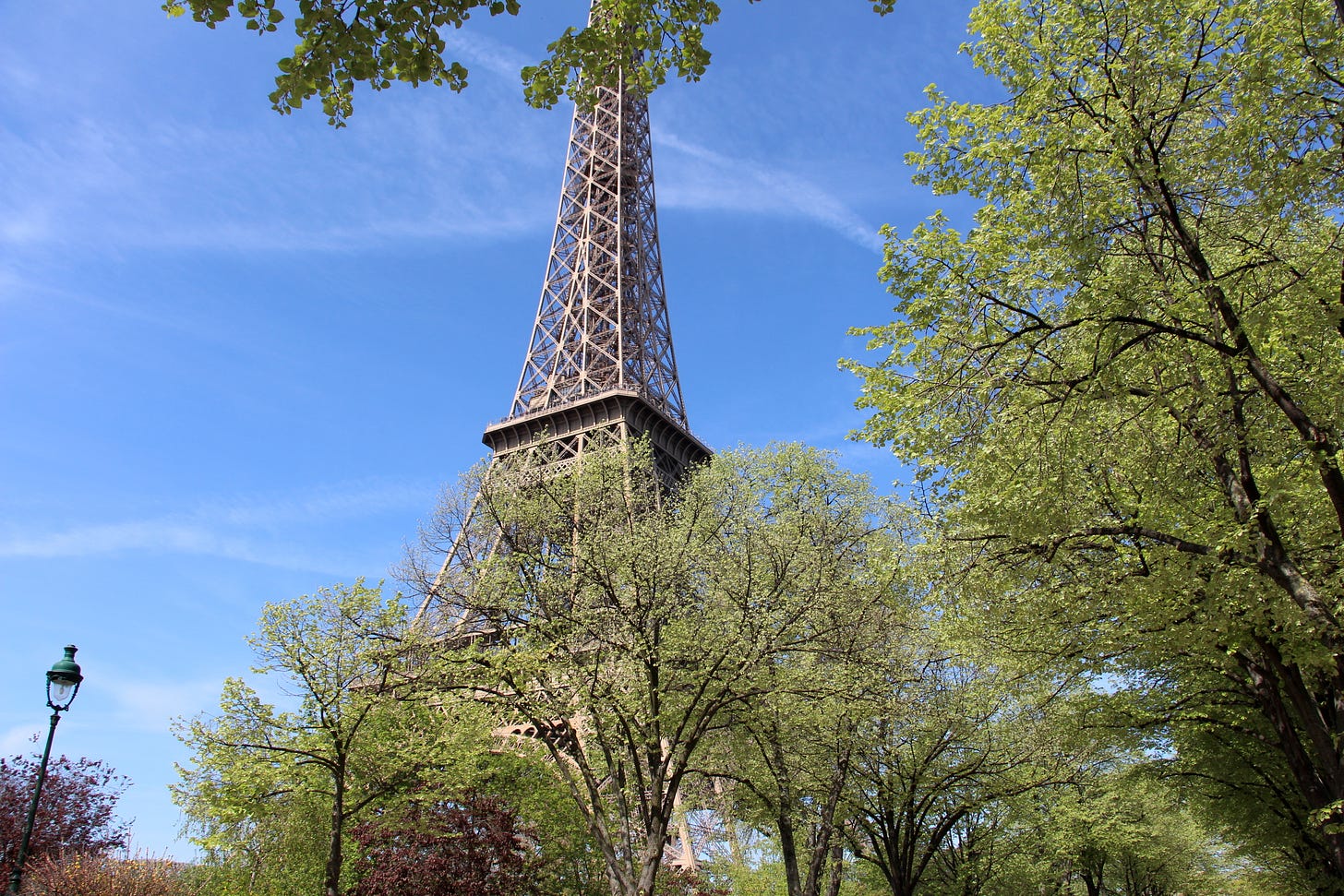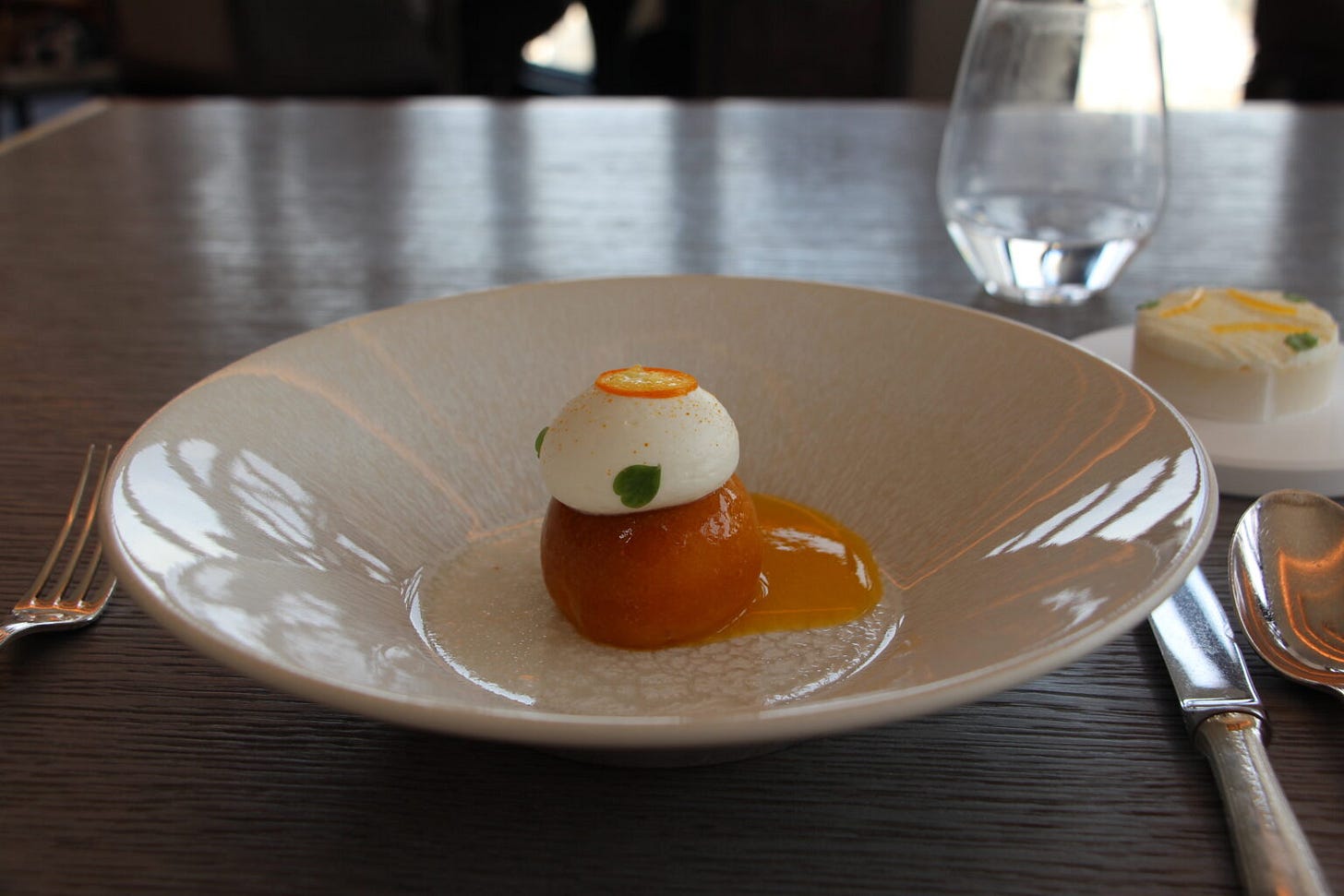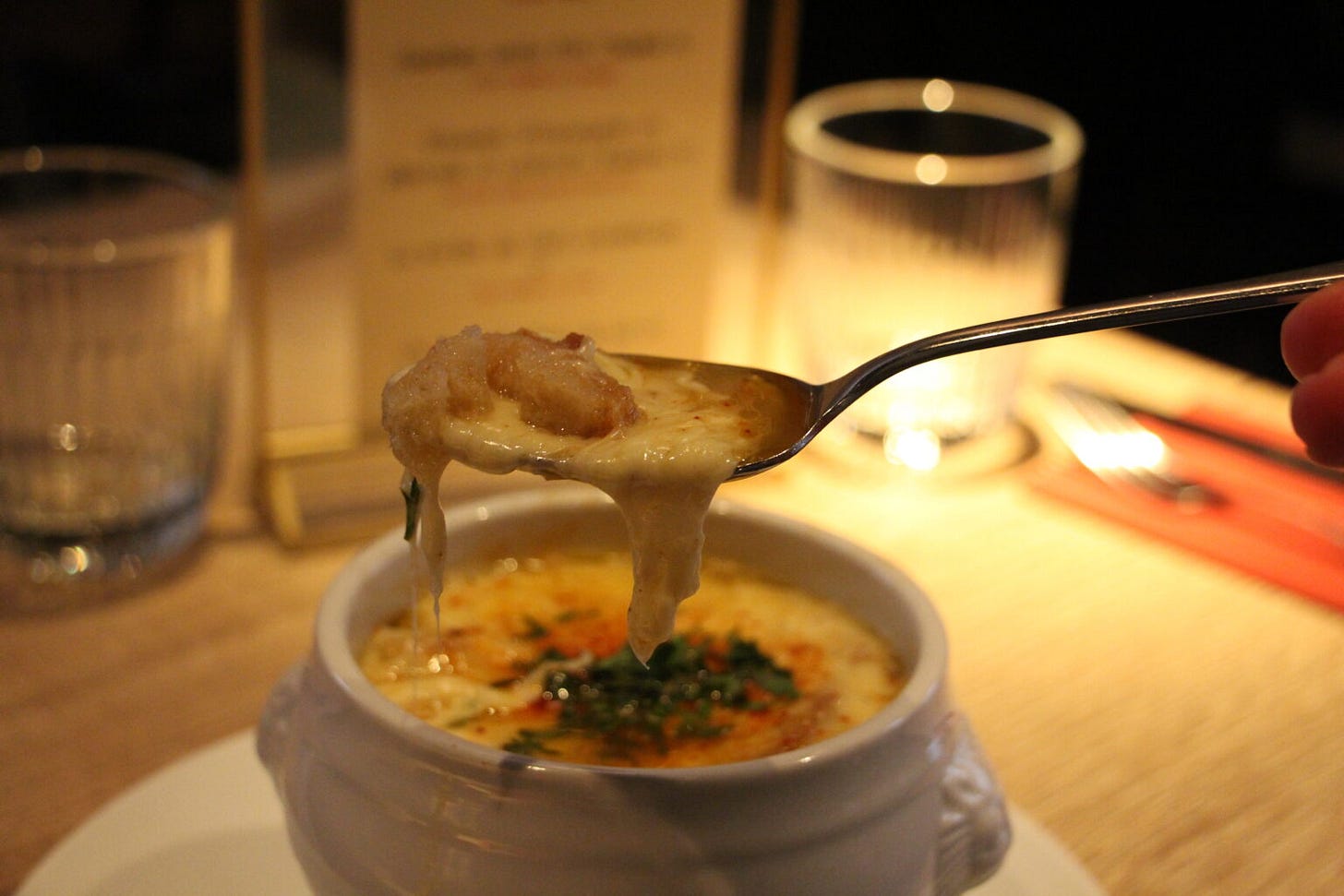As compared to other European capitals like London or Rome, Paris is actually relatively well-contained and pretty walkable. And while the streets definitely don't run in straight lines (much to the horror of this native New Yorker), it’s relatively easy to see where you're going thanks to the system of arrondissements or districts, numbered 1 to 20, which spiral out in a snail shell shape from the first in the center to the 20th in the northeast.
After (nearly) seventeen years here, one of my favorite activities is to explore unfamiliar corners of Paris, getting to know the personality and unique offerings of each of the arrondissements. And this gave me the idea for a new series exclusively for my subscribers: my hit list, if you will, of the must-dos (and must-eats) in each of Paris’ 20 districts.
We’ve already ventured through the 1st arrondissement, home to the Louvre, and the 2nd arrondissement, Paris’ smallest. We’ve delved into the 3rd arrondissement, aka most of the Marais, as well as the islands that encompass much of the 4th. We wended our way through the 5th arrondissement, Paris’ oldest, and through the 6th arrondissement, long beloved by literary legends.
Now it’s time to return to my first home – and home to Paris’ most famous iron lady. Welcome to the 7th!
The 7th Arrondissement in Short
The 7th arrondissement is home to Paris’ best-known landmark, so many are surprised to find it’s actually fairly exocentric. We’ll be spending the day pretty far to the west, a reality stemming from the fact that up until it played host to World’s Fair of 1889 – and welcomed its famous tower – the 7th was predominantly a residential neighborhood.
These days, that remains the case – especially for the well-to-do. Home to the National Assembly and many foreign embassies, the 7th is dotted with beautiful urban mansions, a testament to its status as the home of the French upper classes since the 17th century, when the aristocracy started to move here from the more central Marais. To this day, it's one of the most prestigious residential areas not just in Paris but in all of France.
The 7th arrondissement stretches along the quais de Seine from the edge of the Champ de Mars all the way to the Fine Arts school. The Avenue de Suffren to the west divides it from the 15th, my long-time home, while the rue des Saints-Pères and rue de Sèvres divide it from the 6th arrondissement to the east. To the south, rue de Sèvres meets Avenue de Suffren at the very edge of the Esplanade Jacques Chaban-Delmas, affording a beautiful view of the golden dome of Invalides to the north.
The Landmarks: The Eiffel Tower, Hôtel des Invalides, Musée d’Orsay, the Champ de Mars, the Bon Marché
The Vibe: Upscale and touristy with loads of hidden pockets of beauty
My Perfect Day in the 7th Arrondissement
Let’s get things off to a good start with breakfast – and here, you've got loads of choices. The 7th is now home to quite a few outposts of very mediatized bakeries including Tâpisserie (16, avenue de la Motte Picquet) and Liberté (145, rue Saint-Dominique), both of which make an excellent morning croissant – and both of which have on-site seating areas, in case of dreary weather.
If the sun is shining, however, you’ll definitely want to take your spoils to the Champ de Mars to enjoy your breakfast with a view of the tower and an artisanally roasted coffee from Terres de Café (67, avenue de la Bourdonnais) just steps away. If you prefer your croissant far from the crowds (and Instagram), one of my favorites comes from the unassuming PariSeven Boulangerie (20, rue Jean Nicot) with its pretty pink storefront – and the traditional baguettes here are top-notch. Whichever you pick, it’ll be all the more delicious with a view of the Eiffel Tower from the Champ de Mars, the so-called Field of Mars named after the Roman god of war and abutted, on the other end, by the École Militaire, the French military academy.
The Tower itself dates to 1889, when it was built as a testament to modern engineering for the World’s Fair held in the same year. Originally destined to stand just a year, the Tower had its share of haters at first (Guy de Maupassant is said to have grumbled he’d rather eat lunch on it every day than have to look at the damn thing), these days, the Tower has become a symbol of the city and and welcomes millions of visitors every year – a staggering 6.32 million in 2023.
We’ll get there later.
For now, once you’ve brushed the crumbs from your front, head up the quai de Seine to the Musée du Quai Branly – Jacques Chirac (37, quai Jacques Chirac), whose collections are focused the indigenous art and cultures of Africa, Asia, Oceania, and the Americas. I’m a huge fan of the sprawling, well-curated museum, and especially the temporary exhibits.
Once you've explored the museum, it’s time to take a page out of Maupassant’s book. That’s right folks: We’re having lunch on the Eiffel Tower. And not just because it’s perhaps my favorite dining experience in Paris.
When I lived in this neighborhood, it was easy to access the Tower; in fact, most of my friends visiting would just pop over one night and hop on the elevator to take in the scenic view of Paris by night. But these days, a skip-the-line ticket is non-negociable, and even then, it’s a bit chaotic to get to the top. But if you book lunch at the two-Michelin-star Jules Verne, your reservation comes with access to your own private elevator up to the second floor.
Look, a meal at the Jules Verne is far from cheap. But at 160 euros for three courses – plus amuse bouches, mignardises, and an incredible view – it’s actually one of the best lunchtime deals in Paris, IMHO. After you've stuffed yourself for three hours or more, you get access to the viewing platform on the second floor. I always like to take the stairs back down for the perfect POV of every angle of the city sprawling below.
If even this glowing review is giving you pause about spending quite that much on lunch, I get it – and I have other suggestions. For the least onerous option, take a wander along market street rue Cler, where you can snag all the fixings for a picnic. I love the cheese at Marie-Anne Cantin (12, rue du Champ de Mars), and the bread at Liberté (145 or 58 rue Saint-Dominique) is fantastic. Get chocolate or praline-studded brioche at Pralus (44, rue Cler), and take your spoils over to the Esplanade des Invalides, with a view of the golden dome of the Hôtel des Invalides, home to Paris’ museum of military history and Napoléon’s tomb. Pay it a digestive visit, or nip into the nearby Rodin Museum (77, rue de Varenne) with its (aptly) gorgeous sculpture garden.
If you want something a bit more middle-of-the-road, I’ve got just the classic bistro for you. It’s cheap and cheerful, tasty, and what’s more, it’s open all day long, in case time has gotten away from you and you're jonesing for lunch at 3pm.
Keep reading with a 7-day free trial
Subscribe to Emily in France to keep reading this post and get 7 days of free access to the full post archives.

